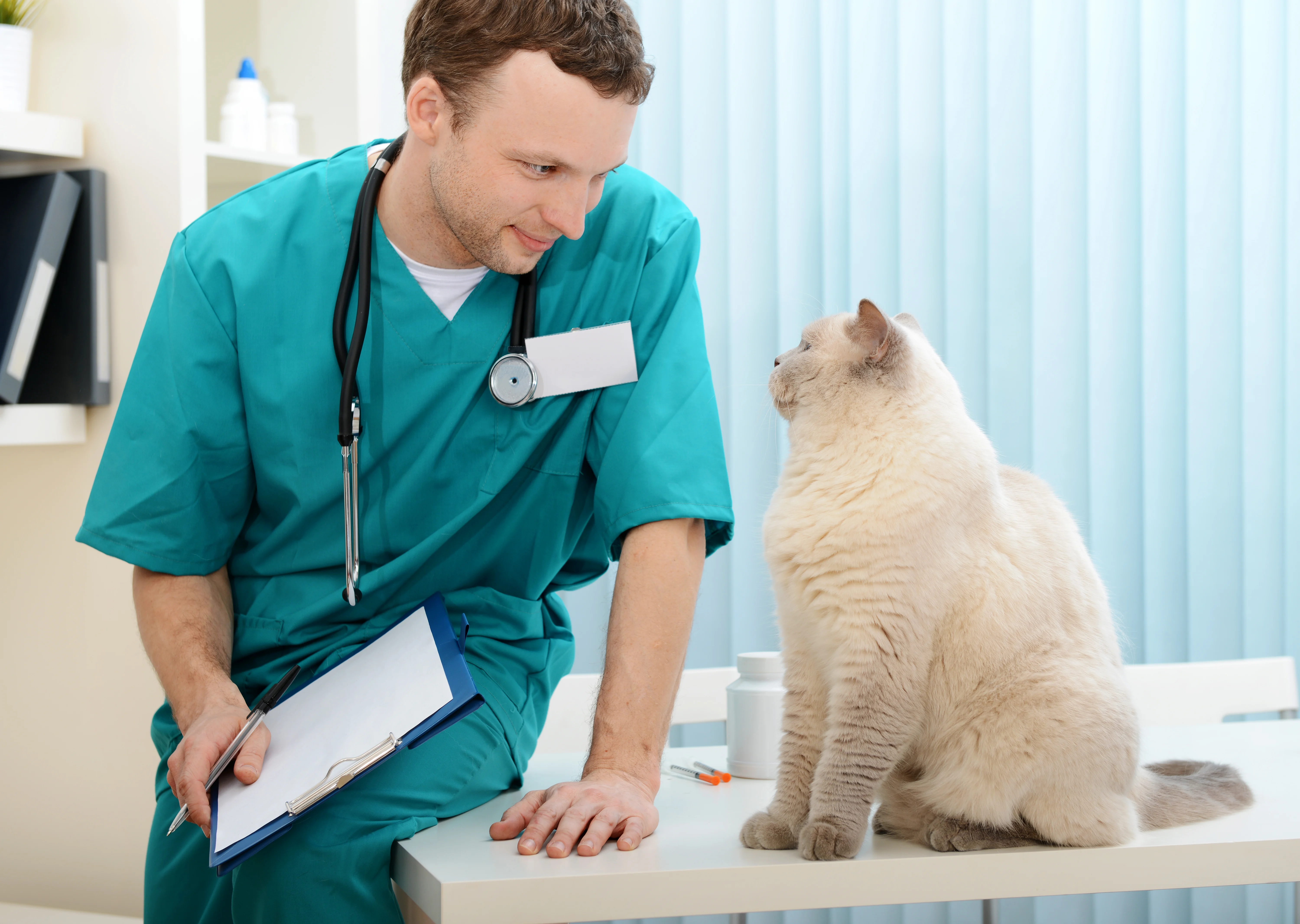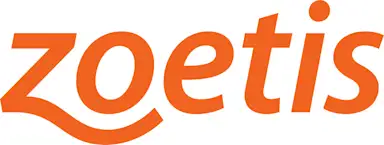The Path to Feline Wellness Starts In-House

Sponsored by Zoetis
It is well-known that feline wellness care lags behind that of dogs, with dog owners taking their pet to the veterinarian at least twice as many times as cat owners.1,2 In addition, pet owners have been shown to decline care due to confusion, uncertainty, and misunderstanding,2 leaving veterinarians with an immense opportunity for improvement in client communication.
Clients who feel a stronger bond with their cats tend to bring them in for veterinary care more often and are more likely to comply with recommendations.2 By tapping into this relationship during feline wellness appointments, veterinarians may be able to communicate the importance of recommended testing, influence this bond, and subsequently boost future compliance.
The Benefits of In-House Diagnostics
Point-of-care tests can offer pets, owners, and veterinarians multiple benefits, including potentially getting cat owners to bring their pet into the clinic more frequently. With quick results, in-house testing allows for prompt treatment and in-clinic discussion regarding the patient’s plan before discharge, minimizes the need for staff callbacks, and enhances the client experience. The small sample sizes needed for fecal tests may reduce feline stress, a significant factor in many cat owners’ reluctance to seek veterinary care.
Ruby's Case
Ruby, a 6-year-old domestic shorthair cat, was presented for a wellness visit after being recently acquired by her new family. Her owners plan to keep her indoors, although her previous owners kept her outdoors, and she has been eating, drinking, and behaving normally. Her owners have noted some soft stool, which was also reported in other pets in the home. Ruby’s last known examination was at the age of 1 for vaccination boosters.
Physical examination did not present anything noteworthy, and parasite screening through VETSCAN IMAGYST™ was recommended due her history of outdoor living and current GI signs. AAHA and the Companion Animal Parasite Council (CAPC) recommend parasite testing 1 to 2 times per year or more frequently, depending on age and lifestyle.3,4
VETSCAN IMAGYST™ offers fast, accurate results with artificial intelligence image recognition technology comparable to traditional clinical parasitologist evaluation.
VETSCAN IMAGYST™ offers fast, accurate results with artificial intelligence image recognition technology comparable to traditional clinical parasitologist evaluation.5 This fast, accurate in-house fecal test reduces user variability and gives owners visual results within minutes, potentially increasing compliance with regard to test approval and willingness to treat.
Ruby’s IMAGYST screening detected no intestinal parasites, but due to the history of soft stool among all pets in the home and the potential for intermittent shedding of Giardia spp,6 WITNESS® Giardia testing was recommended, along with in-house screening for heartworm disease and FeLV/FIV per AAFP and AHS recommendations.7,8
Discussion & Follow-Up
With point-of-care tests, veterinarians can emphasize the importance of getting results and starting treatment promptly to minimize the chances of disease transmission. This also presents an opportunity to discuss similar testing, treatment, and general wellness care for all affected pets in the household. Ruby’s history as an outdoor cat opens an important discussion about the unique risks posed to this group.
Regardless of test outcomes, there should always be a follow-up plan. By utilizing in-house diagnostics, veterinarians can create a tailored plan with the owner before they leave the building. Rapid results allow the focus to stay on the patient, minimizing disconnect and offering clients opportunities for clarification while the information is still fresh. Thankfully, Ruby’s table-side retroviral, heartworm, and fecal tests came back negative during her visit, but in the event of a positive test, additional treatments or diagnostics could have been discussed immediately. When Ruby turns 7 the following year, she will reach senior-hood, so a follow-up plan should include an examination and blood work, including a CBC, serum chemistry profile, thyroxine, urinalysis, and fecal testing in 1 year.
Conclusion
Promoting lifelong feline wellness care starts in the examination room. With point-of-care testing and clear client communication, the veterinary team could increase compliance with AAHA, AAFP, and CAPC recommendations by as much as 40%.2
Establishing a strong bond with a new pet also helps ensure clients will seek regular veterinary care. In-house diagnostics may help veterinary teams strengthen this bond by offering important new information about their pet’s health, setting their patients up for wellness success.
